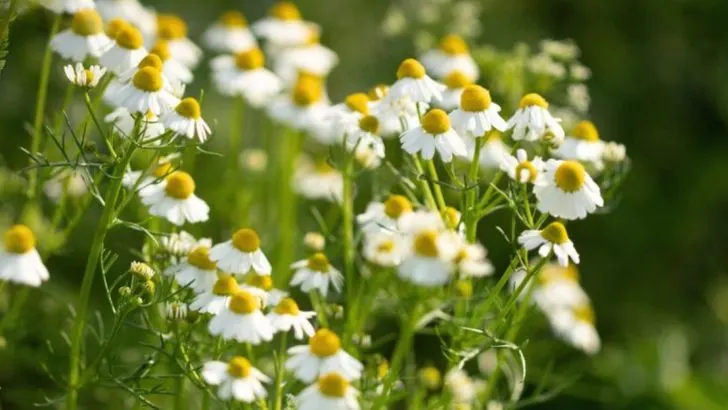If you love natural beauty products, why not grow your own ingredients? Many plants have skin-nourishing, soothing, and rejuvenating properties, making them perfect for homemade skincare, hair care, and wellness remedies. By growing these plants yourself, you ensure they’re fresh, organic, and free from harmful chemicals.
From aloe vera for hydration to lavender for relaxation and calendula for healing, nature provides an abundance of beauty-boosting botanicals. Whether you’re making homemade face masks, soothing balms, or herbal hair rinses, these plants offer countless benefits for your self-care routine.
In this article, we’ll explore 16 of the best plants to grow for DIY natural beauty products, helping you create effective, eco-friendly skincare right from your own garden.
Aloe Vera
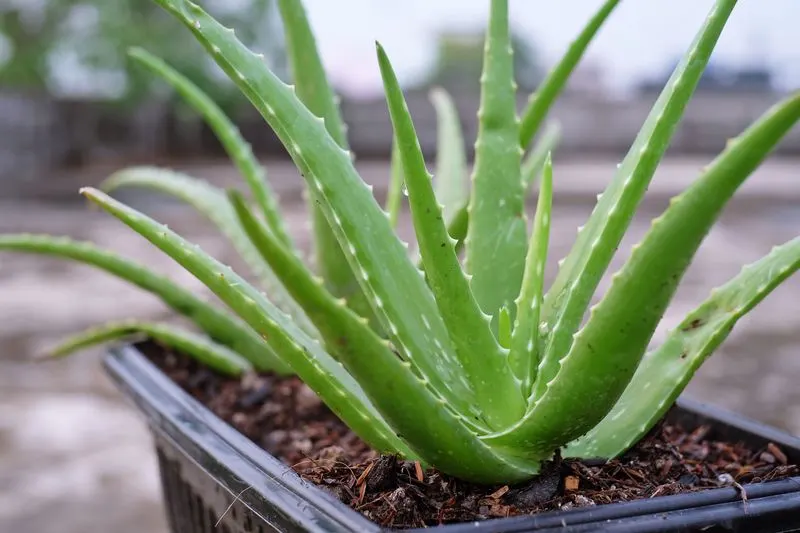
This succulent is a powerhouse of hydration. Its gel-like substance soothes sunburn, acts as a moisturizer, and can even be used as a hair conditioner. Perfect for those with sensitive skin, it provides a cooling effect and reduces inflammation. Growing aloe vera requires minimal effort; just a sunny spot and occasional watering. Its versatility in beauty applications makes it a must-have plant. You can scoop out the fresh gel and apply directly to your skin or mix it with other ingredients for a homemade mask. Truly a skincare staple for natural beauty enthusiasts.
Lavender
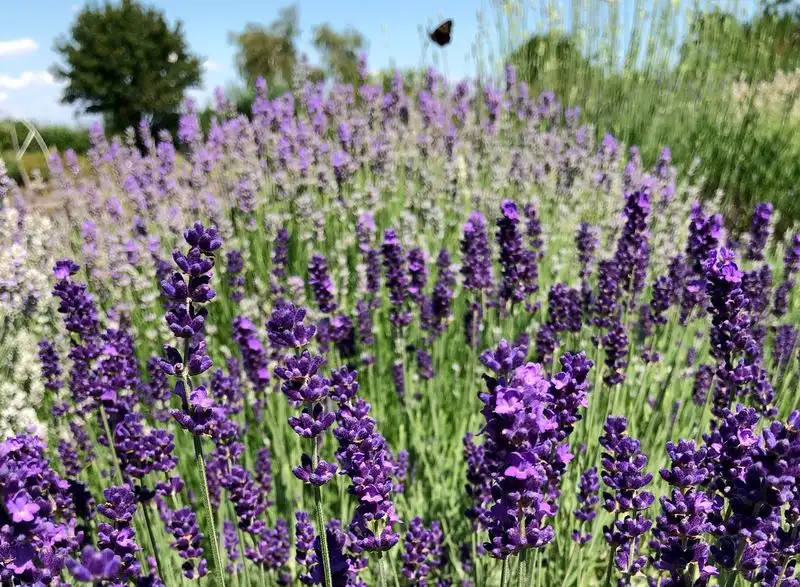
Known for its calming fragrance, lavender is more than just a pretty flower. Its essential oil has antiseptic and anti-inflammatory properties, making it ideal for treating acne and minor wounds. Adding dried lavender to bathwater can elevate relaxation, reducing stress and promoting restful sleep. Cultivating lavender is simple; it thrives in sunny, well-drained environments. Use its oil in DIY perfumes, or infuse it in lotions for a soothing effect. The plant’s aromatic presence is a delightful addition to any garden, offering both visual and therapeutic benefits.
Calendula
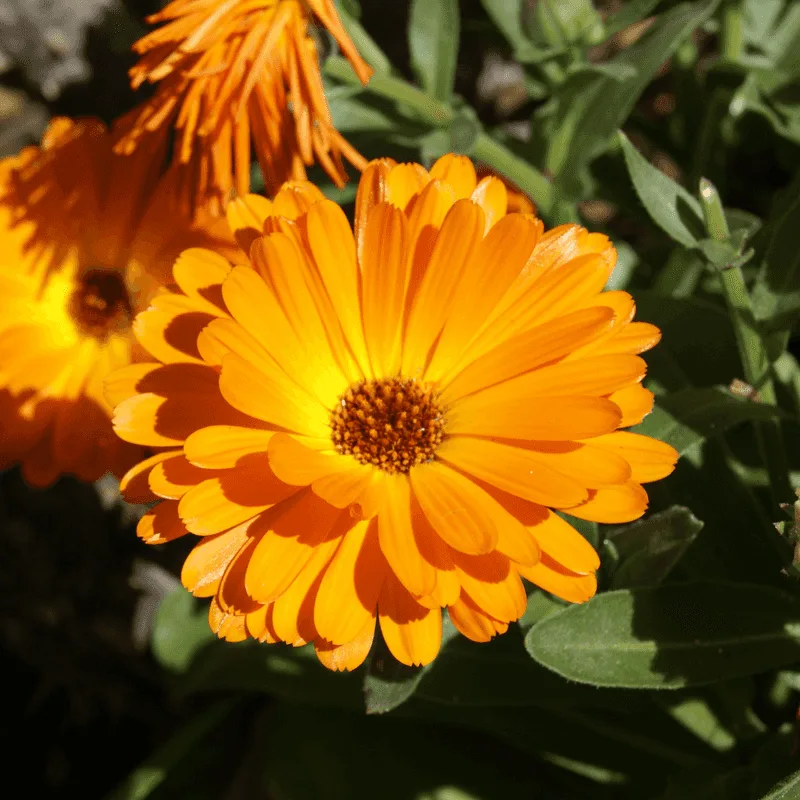
With its cheerful blooms, calendula is a natural skin healer. The petals contain anti-inflammatory and antimicrobial properties, effective for soothing eczema and dermatitis. Making a calendula-infused oil can provide relief for dry, irritated skin. Sun-loving and easy to grow, this plant can flourish in various climates. It makes an excellent addition to homemade salves and creams, offering gentle care for sensitive skin. Harvest the flowers during midday when their potency is at its peak. Calendula’s skincare benefits make it a cherished ingredient in natural beauty.
Rosemary
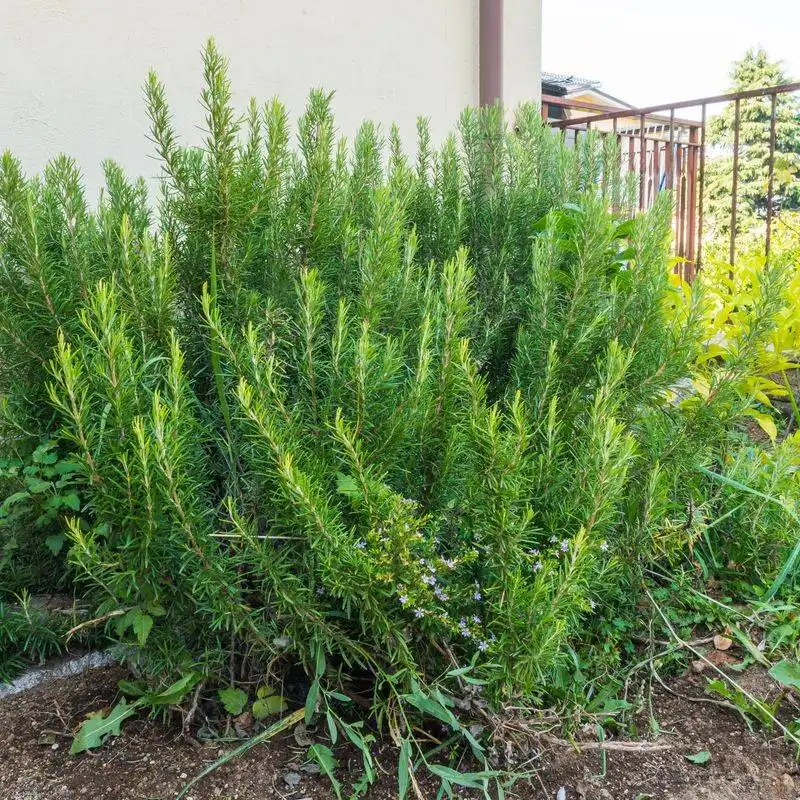
This aromatic herb is renowned for its stimulating properties, beneficial for both skin and hair. Rosemary oil enhances circulation, promoting hair growth and combating dandruff. Its antioxidant effects help in reducing skin aging. To grow rosemary, ensure it has well-drained soil and ample sunlight. Use it in hair rinses or infuse in oils for skincare. The herb’s invigorating scent and therapeutic qualities make it a versatile addition to beauty routines. Whether in your kitchen or garden, rosemary’s benefits extend beyond culinary uses, enhancing your DIY beauty creations.
Chamomile
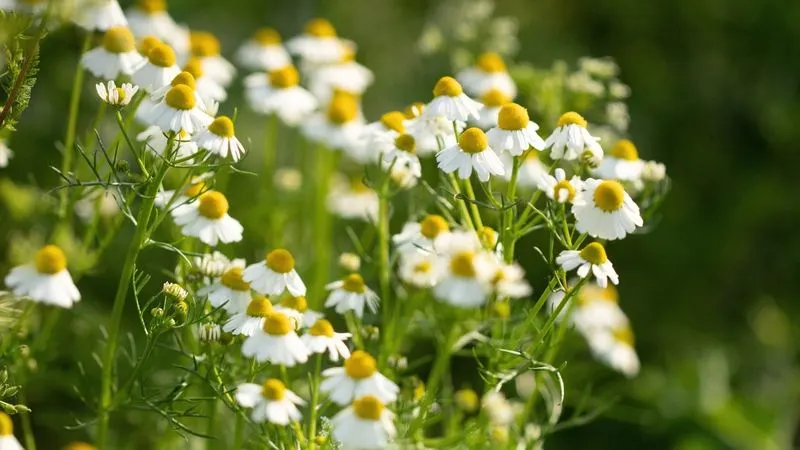
Often enjoyed as a calming tea, chamomile also offers numerous skincare benefits. Its anti-inflammatory properties can soothe irritated skin and reduce redness. Creating a chamomile-infused oil or toner can enhance your beauty routine. This gentle herb grows well in both gardens and pots, preferring cool conditions. Use chamomile in facial steams or as a rinse to brighten hair. Its subtle, apple-like fragrance adds a touch of tranquility to homegrown beauty treatments. Whether for calming your skin or senses, chamomile is a versatile plant worth cultivating.
Mint
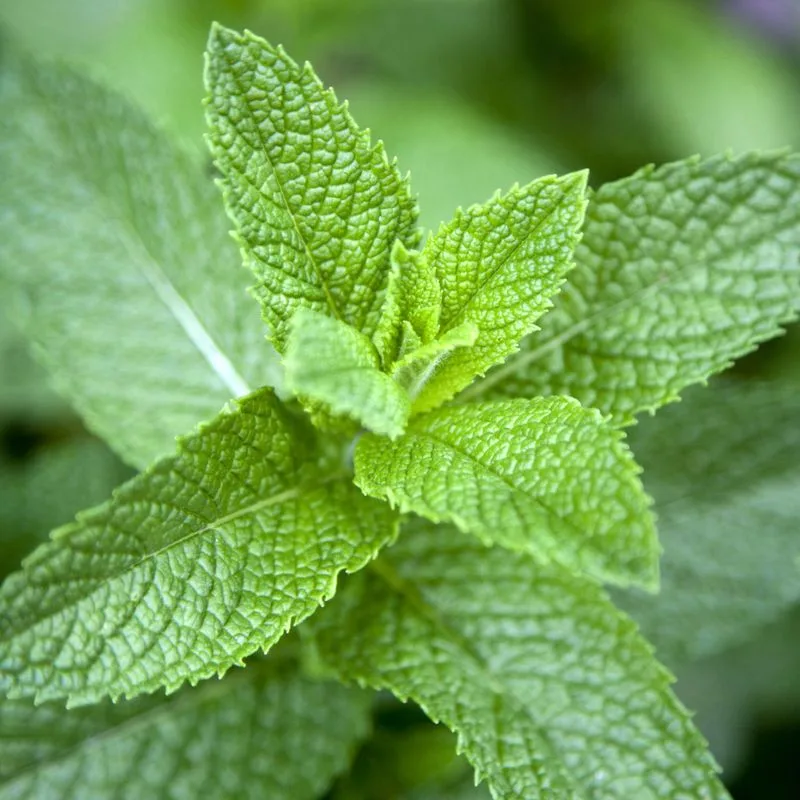
Beyond its refreshing taste, mint has astringent properties that can tighten pores and reduce oiliness. Its leaves make an excellent base for homemade face masks, providing a cooling sensation. Growing mint at home is straightforward, as it quickly spreads in sunny or partially shaded areas. Incorporate it into foot soaks to rejuvenate tired feet. Additionally, mint-infused water can be a refreshing facial mist. Not just a culinary herb, mint offers numerous applications in beauty, making it a valuable addition to your garden and skincare regime.
Lemon Balm
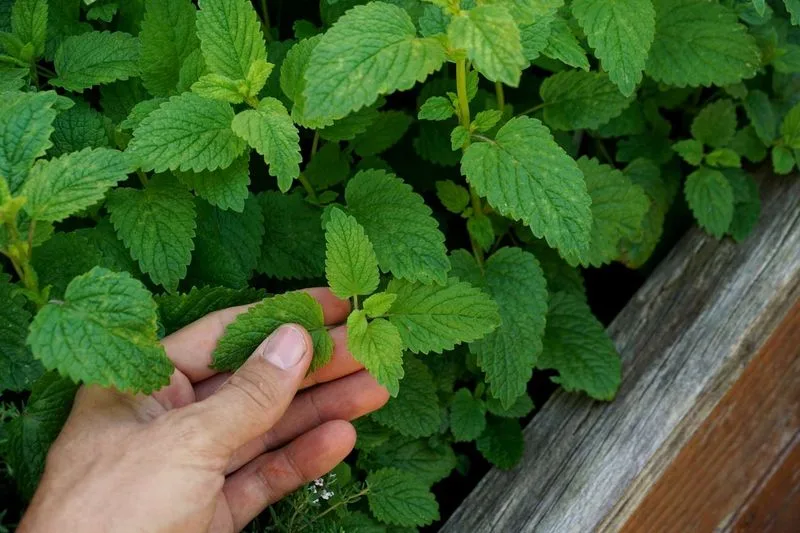
Part of the mint family, lemon balm carries antiviral properties, useful for treating cold sores. Its calming effect can also alleviate stress when infused in teas or oils. The plant thrives in well-drained, sunny locations, making it easy to grow. Use lemon balm in DIY lip balms for its soothing effects or add it to bathwater for relaxation. Its subtle lemony scent is uplifting, while its therapeutic qualities offer both skincare and mental health benefits. A versatile plant, lemon balm is an inviting addition to a natural beauty arsenal.
Thyme
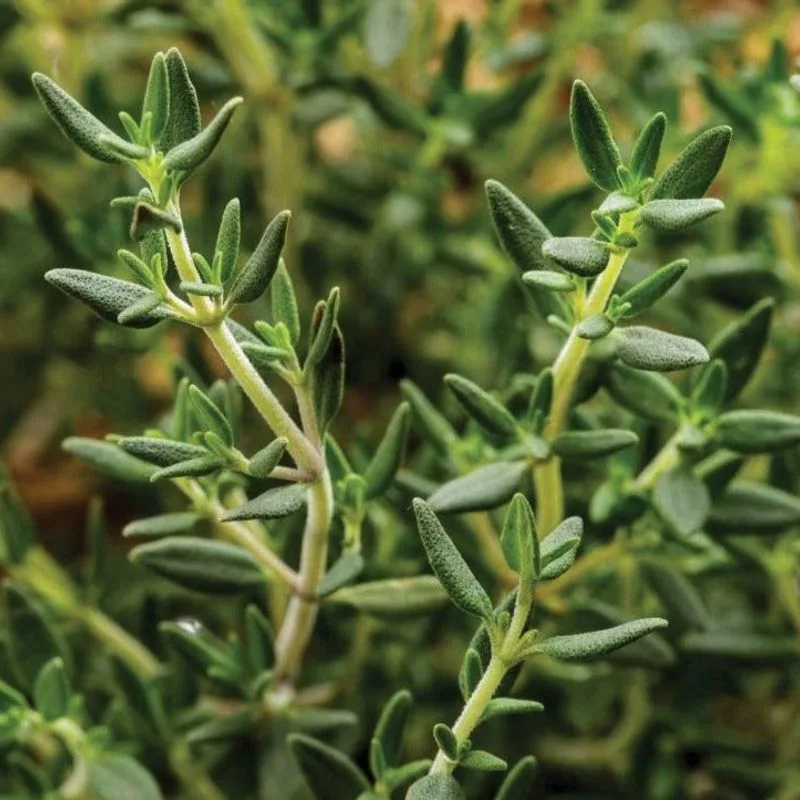
Thyme isn’t just for cooking; its antimicrobial properties can help keep skin clear and bacteria-free. It makes a great addition to homemade cleansers or masks. Growing thyme requires well-drained soil and plenty of sun. Use it in steam facials to open pores or infuse it in oils for a natural deodorant. Its earthy aroma and small stature make it a charming addition to gardens. Thyme’s robust properties and ease of cultivation mean it can be a staple in DIY skincare, offering natural solutions for clearer, healthier skin.
Basil
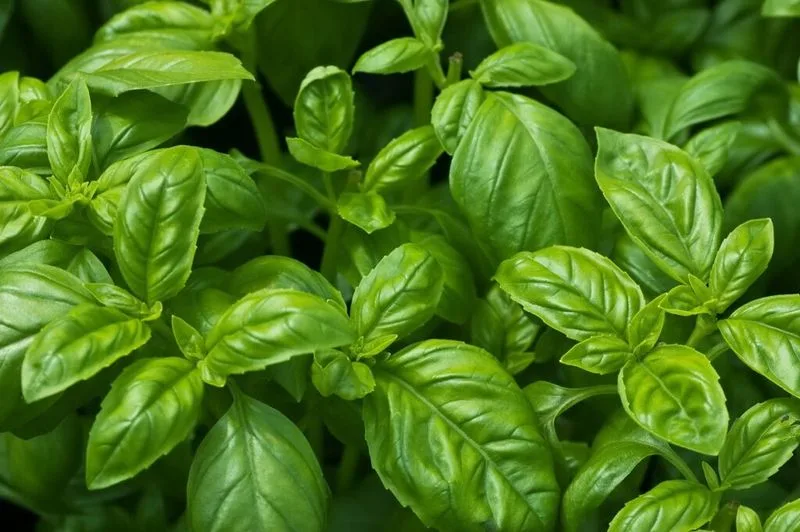
This kitchen staple is a hidden gem in beauty care. Its antibacterial properties make it excellent for treating acne and blemishes. Basil-infused oils or masks can rejuvenate and refresh the skin. Growing basil is simple; it thrives in sunny spots and regular watering. Incorporating basil into hair care can reduce dandruff and add shine. Its fragrant leaves are not only a culinary delight but also a potent ingredient in natural beauty remedies. Whether used in a DIY face mask or a soothing bath, basil offers holistic beauty benefits.
Peppermint

Known for its invigorating scent, peppermint is a natural skin soother. Its oil can relieve itching and irritation, making it perfect for sensitive skin. Peppermint leaves can be used in steam treatments to clear sinuses and revitalize dull skin. Plant it in containers to control its rapid spread, and ensure it receives partial sunlight. The cooling effect of peppermint is refreshing in foot scrubs or facial toners. Its vibrant aroma and multiple uses in DIY beauty make peppermint a garden staple for those seeking natural skin and wellness solutions.
Sage
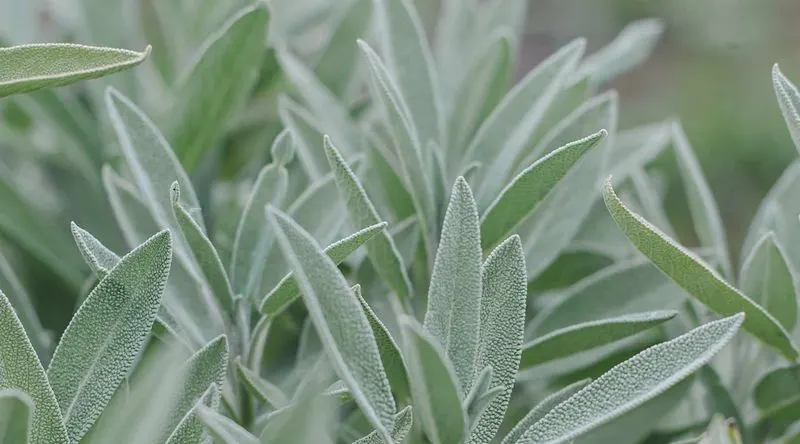
Sage isn’t just for adding flavor; it’s a beauty powerhouse. Its antioxidant properties can combat signs of aging, while its astringent nature helps tighten skin. Sage grows well in containers and prefers sunny spots with well-drained soil. Incorporate sage in facial steams or as an infused oil to harness its skin-tightening effects. The herb’s earthy aroma and potent properties provide a holistic approach to beauty care. Whether in skincare or hair treatments, sage offers a myriad of benefits for those crafting natural beauty solutions at home.
Echinacea

Famed for its immune-boosting qualities, echinacea is also a skin savior. Its anti-inflammatory properties help reduce redness and swelling. Use echinacea-infused oils to soothe skin irritations or as a base for a rejuvenating face mask. Growing echinacea requires sunny spots and regular watering. The plant’s striking flowers add beauty to any garden and serve as a natural remedy for skincare. Whether used in oils or teas, echinacea’s benefits extend beyond health, offering a natural way to enhance your beauty routine with botanical goodness.
Comfrey
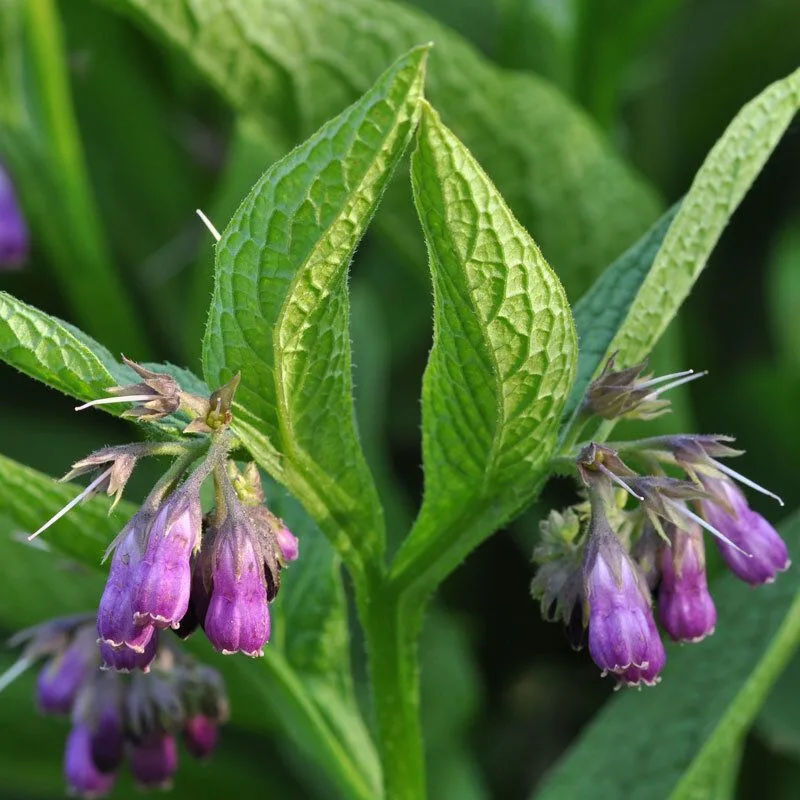
This hardy plant is a natural healer, known for its ability to support skin repair and reduce inflammation. Comfrey-infused creams can help soothe bruises and minor wounds. It thrives in moist, well-drained soil and partial shade. Use comfrey in compresses or salves for its restorative properties. The plant’s robust leaves and purple flowers add a rustic touch to gardens. Comfrey’s inclusion in beauty products highlights its gentle yet effective healing capabilities, making it a valuable addition to any natural skincare collection for promoting healthy skin renewal.
Witch Hazel
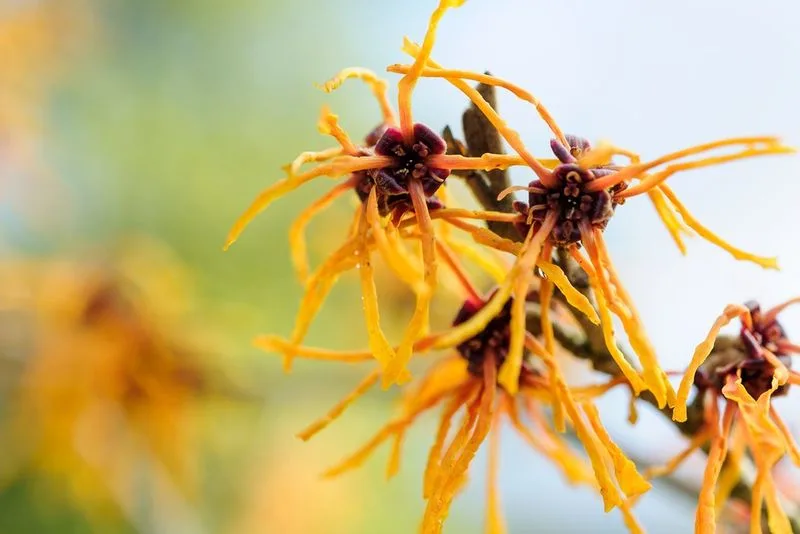
A classic astringent, witch hazel is perfect for toning skin and reducing oiliness. Its extract is often used to soothe inflammation and tighten pores. Growing witch hazel requires patience, as it thrives in well-drained soil and partial shade. Use its bark or leaves to create natural toners or skin cleansers. The shrub’s unique flowers bloom in fall, adding a splash of color to gardens. Witch hazel’s multifaceted uses in beauty make it a timeless choice for those seeking natural solutions to maintain clear and balanced skin.
Jojoba

Often mistaken for an oil, jojoba’s waxy texture closely resembles skin’s natural sebum. This makes it an excellent moisturizer, especially for those with oily or acne-prone skin. Jojoba plants thrive in arid conditions with plenty of sunlight. Use jojoba oil as a base for creams or serums to balance skin’s moisture levels. Its non-comedogenic properties ensure it won’t clog pores. The plant’s adaptability and skin-loving qualities make jojoba a sought-after ingredient in beauty formulations, offering nourishment and hydration without heaviness.

